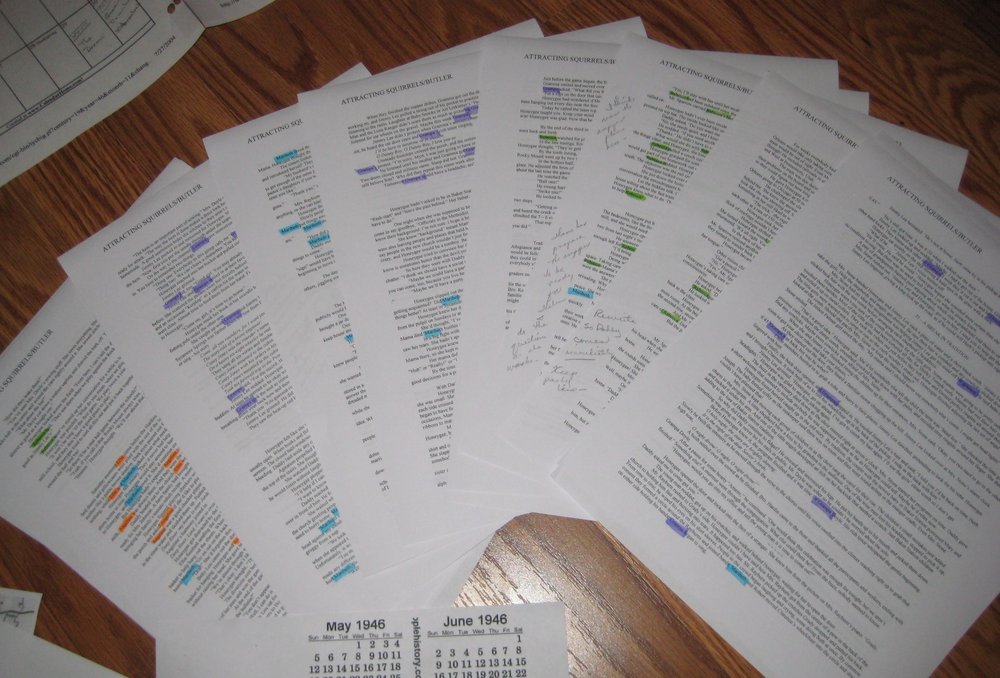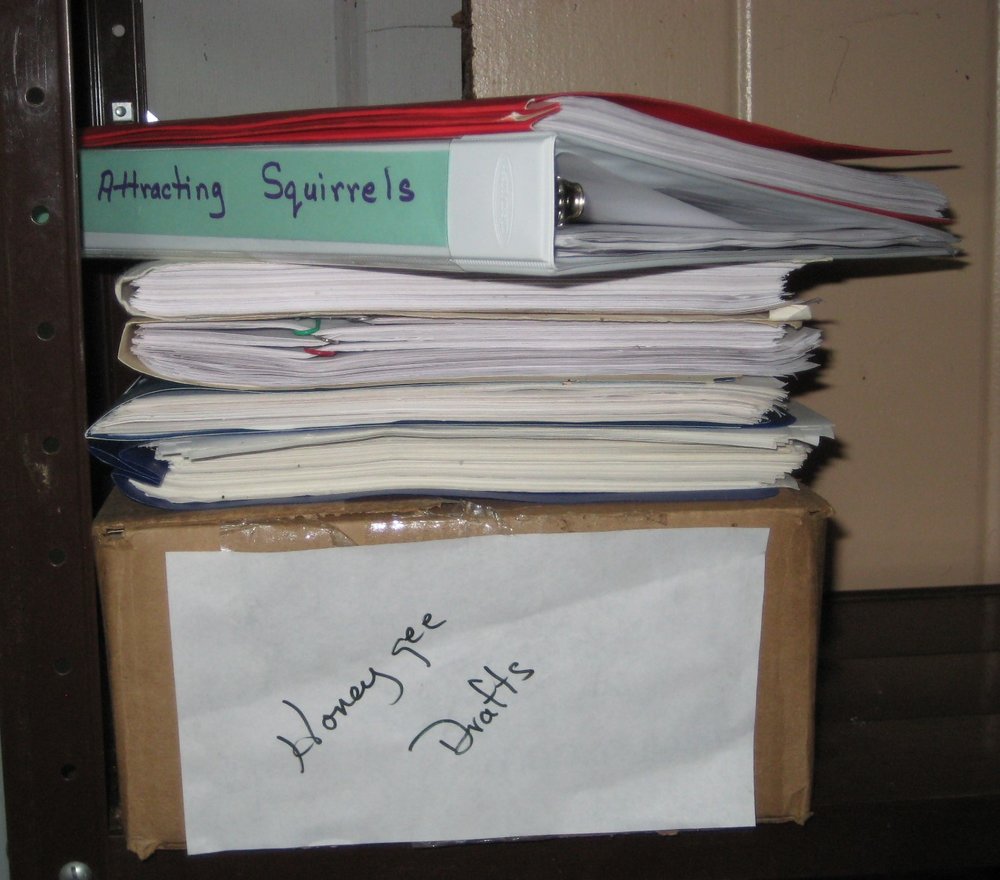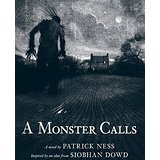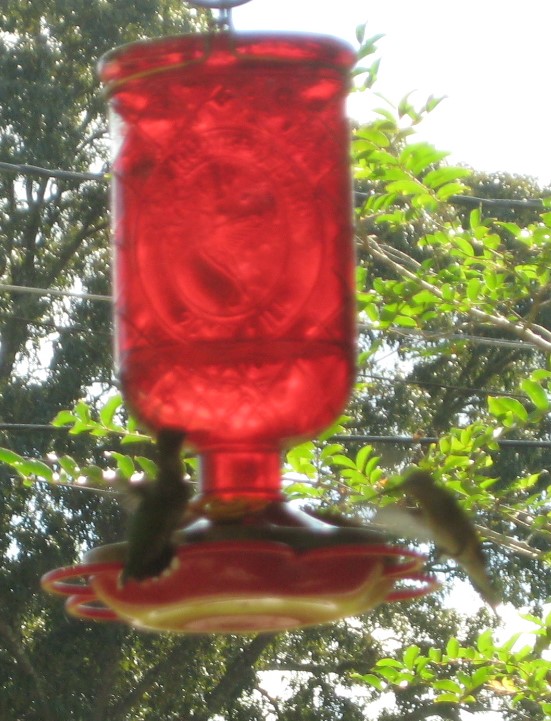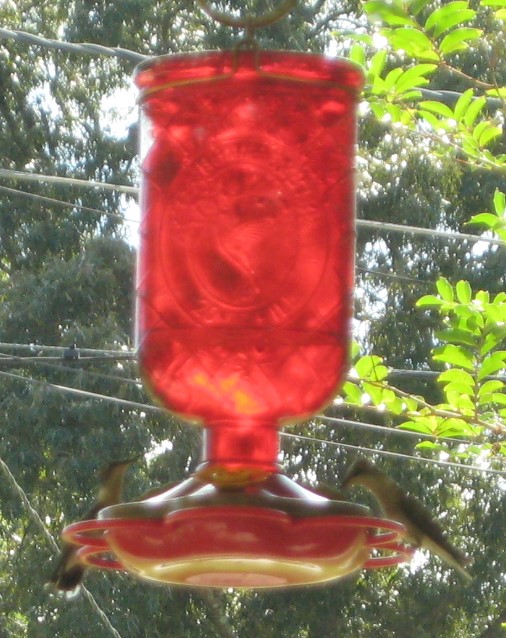 Putting out a few traditional decorations and keeping the bowl of candy corn filled for a couple of preschoolers constitutes my biggest Halloween challenge these days. The Halloween clown who has reigned over the fireplace display for many years now was a handcrafted gift from a second grader’s creative mother.
Putting out a few traditional decorations and keeping the bowl of candy corn filled for a couple of preschoolers constitutes my biggest Halloween challenge these days. The Halloween clown who has reigned over the fireplace display for many years now was a handcrafted gift from a second grader’s creative mother.
It wasn’t always this easy. There were the years when three kids came up with “who I will be” ideas and gave me lots of instructions and minimal help in creation of their costumes.
That challenge paled when compared to getting myself and my kindergarten classroom ready to celebrate. The bulletin board always sported a black poster board witch, pot, and moveable spoon. Halloween words spewed upward in the steam from the pot – “witch,” “ghost,” “scarecrow,” “pumpkin,” “boo,” “trick or treat,” “skeleton.” We carved a pumpkin, made a pie, and toasted the seeds. Of course, we read “Little Orphan Annie” by James Whitcomb Riley and “Someone” by Walter de la Mare.
One year, time to culminate our celebration arrived on Halloween Day. I sent the Butler kids off on their bus, loaded the car with Halloween party supplies, and headed out to my kindergarten class. The car stopped and refused to restart before I got off the Army base. A man passing by saw me looking helpless and stopped to offer assistance. He listened to my explanation of what happened, looked under the hood, and said, “I think it’s just flooded.”
A couple minutes’ wait proved him right, and I drove on to school. The office staff listened to my tale that left me on time instead of early, as was my habit. Then one of them asked, “What did the man say about your outfit?” It was the first time I’d thought about it.
I looked down at my bright orange pants suit liberally sprinkled with ghosts, witches, black cats, and spiders that I had sewn on it. The man had not commented. He hadn’t even blinked an eye. Abnormal becomes normal on Halloween.
Honestly, I’m just as glad that my Halloween celebration has less stress these days. I do plan to recall some special Halloween memories, read those poems again, add “The Raven,” and perhaps indulge a bit in the candy corn.
Happy Halloween!














